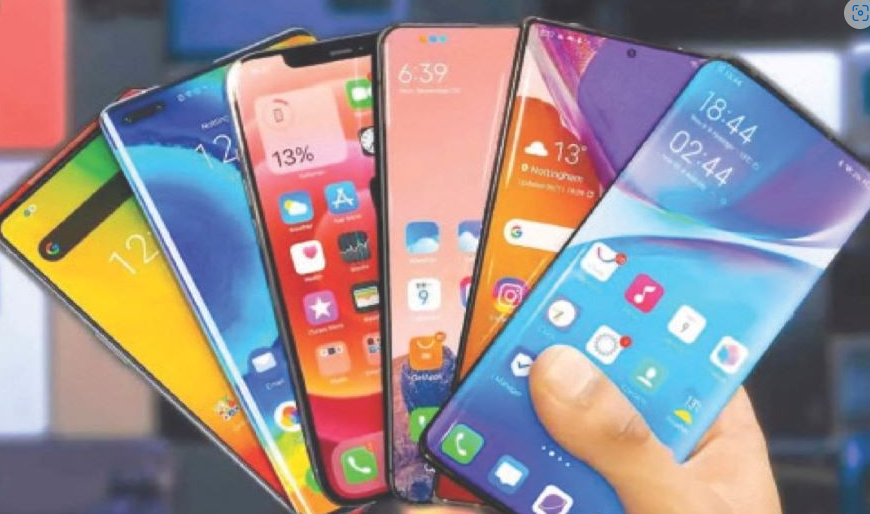A report by the GSM Association (GSMA) has revealed that Nigeria and other countries in Sub-Saharan Africa will have to deal with the impending challenge of e-waste as more people acquire mobile phones.
This is even as the body in its ‘Mobile Economy Sub-Saharan Africa’ report just released projected that Sub-Saharan Africa will have a combined 1 billion active feature phone and smartphone connections by the end of 2023.
This number is expected to increase with the addition of more than 200 million new devices expected by the end of 2027.
It, however, noted that “the growing number of devices is a significant concern regarding growing e-waste and the higher consumption of natural resources within the region.” Nigeria currently has the largest mobile subscriptions in Africa with over 220 million connected lines as of August 2023.
This presupposes that the country would account for the largest mobile e-waste in the region.
While developed countries have adequate provisions for the management of e-waste, most African countries are said to be lagging in this respect.
Addressing the challenge
While noting that the technical lifespan of a mobile device is currently between four and seven years, GSMA said the average use period of a mobile device is around three years.
According to the body, this suggests that the biggest barrier to reducing waste is tied to consumer behaviour.
To address the challenge, GSMA said incentivizing consumers will be crucial, though this could be complicated by a variety of factors affecting their choices, such as affordability, information availability, social norms, and personal preferences.
- “Governments and industry players have a role to play here. For example, there is an opportunity to build new channels and suppliers to collect, refurbish, and resell devices, as well as educate consumers and implement awareness campaigns on sustainability. Operators and other ecosystem players across Sub-Saharan Africa are already taking the lead in this regard, with initiatives to drive circularity in mobile phones and other digital devices,” it said.
GSMA added that device ecosystem players in Sub-Saharan Africa are leveraging the circular economy concept in device manufacturing by ensuring that phones with longer lifetimes are being produced, in addition to using recyclable and recycled materials and renewable energy in the process.
As a result, fewer devices are going to waste, allowing the industry to make progress in sustainable transformation.
The risk elements
In November 2022, the European Chemical Society identified 30 elements usually used in smartphones. Out of these, 11 were identified as elements with limited availability, which may cause risks to future supply, while the unsustainable usage of seven elements used in smartphones would pose a serious risk in the next 100 years.
The GSMA estimates that a refurbished phone can have an 87% lower climate impact than a newly manufactured phone, and if properly recycled, 5 billion mobile phones could recover $8 billion worth of gold, palladium, silver, copper, rare earth elements, and other critical minerals, and enough cobalt for 10 million electric car batteries.
